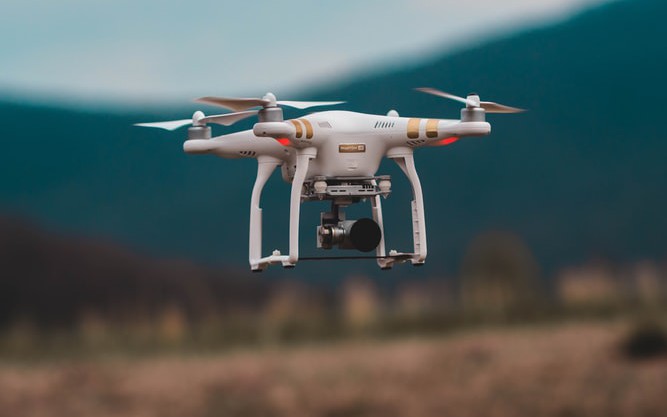Introduction: In recent years, the rapid evolution of drone technology has brought about significant advancements, enabling diverse applications across various industries. While these unmanned aerial vehicles (UAVs) offer immense benefits, the integration of advanced software and technology in drones also raises concerns about potential security threats in the future. This article explores the challenges associated with the increasing sophistication of drone technology and proposes viable solutions to mitigate these risks.
Security Threats Posed by Advanced Drone Technology:
Data Breaches:
As drones become equipped with more sophisticated sensors and communication systems, the risk of data breaches escalates. Unsecured data transmission can lead to the interception of sensitive information, posing a threat to privacy and national security.
Hacking and Unauthorized Access:
The integration of advanced software in drones opens the door for potential hacking attempts. Unauthorized access to drone systems could result in loss of control, manipulation of flight paths, or even the use of drones as malicious tools for cyber-physical attacks.
Weaponization and Terrorism:
The growing capabilities of drones also raise concerns about their potential use for malicious purposes, including weaponization. Terrorist organizations may exploit these technological advancements to carry out attacks, creating a new dimension of security challenges.
Challenges in Securing Advanced Drone Technology:
Lack of Regulation:
The rapid pace of drone technology development often outpaces regulatory frameworks. This creates a gap in oversight and enforcement, allowing potential security threats to go unchecked.
Complexity of Software Systems:
Advanced software in drones is complex, making it challenging to identify and address vulnerabilities effectively. The intricate nature of these systems requires robust security measures to ensure they are not susceptible to exploitation.
Limited Counter-Drone Capabilities:
As drones become more sophisticated, traditional counter-drone technologies may struggle to keep pace. This creates a vulnerability, as security forces may find it challenging to neutralize or disable advanced drones effectively.
Solutions to Mitigate Security Risks:
Stricter Regulatory Frameworks:
Governments and regulatory bodies must work collaboratively to establish and update regulations that keep pace with advancements in drone technology. This includes implementing mandatory security standards for manufacturers and operators.
Enhanced Encryption and Authentication:
Integrating robust encryption and authentication mechanisms into drone communication systems can safeguard against unauthorized access and data breaches, ensuring the secure transmission of information.
Investment in Counter-Drone Technology:
Governments and private entities should invest in the development of advanced counter-drone technologies. This includes the creation of systems capable of detecting, tracking, and neutralizing rogue drones to prevent potential security threats.
Conclusion:
As drones continue to evolve with advanced software and technology, the potential security threats they pose cannot be ignored. Addressing these challenges requires a multi-faceted approach, encompassing regulatory measures, technological enhancements, and investments in counter-drone capabilities. By proactively tackling these issues, we can harness the benefits of drone technology while minimizing the risks associated with its increasing sophistication.
What are the primary security concerns associated with the advanced software and technology used in drones?
Answer: The integration of advanced software and technology in drones raises concerns about data breaches, hacking, unauthorized access, potential weaponization, and the risk of terrorism. These security threats pose challenges to both privacy and national security.
How do regulatory frameworks address the security risks posed by advanced drone technology?
Answer: Regulatory frameworks play a crucial role in addressing security risks by establishing standards for manufacturers and operators. These regulations aim to ensure compliance with security measures, the safe use of drones, and the prevention of potential misuse.
What role does encryption and authentication play in securing drone communication systems?
Answer: Encryption and authentication are vital components in securing drone communication systems. By implementing robust encryption methods and authentication mechanisms, the risk of unauthorized access and data breaches is minimized, ensuring secure transmission of sensitive information.
Why is the complexity of software systems in advanced drones a challenge for security measures?
Answer: The complexity of software systems in advanced drones makes it difficult to identify and address vulnerabilities effectively. This complexity requires comprehensive security measures to safeguard against potential exploitation and ensure the integrity of drone operations.
How can counter-drone technology mitigate security risks associated with advanced drones?
Answer: Counter-drone technology plays a crucial role in mitigating security risks by detecting, tracking, and neutralizing rogue drones. Investing in advanced counter-drone systems enhances the capability of security forces to respond effectively to potential threats, maintaining overall safety and security.


